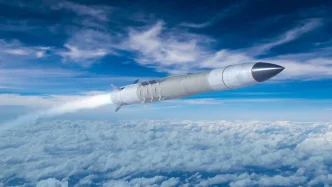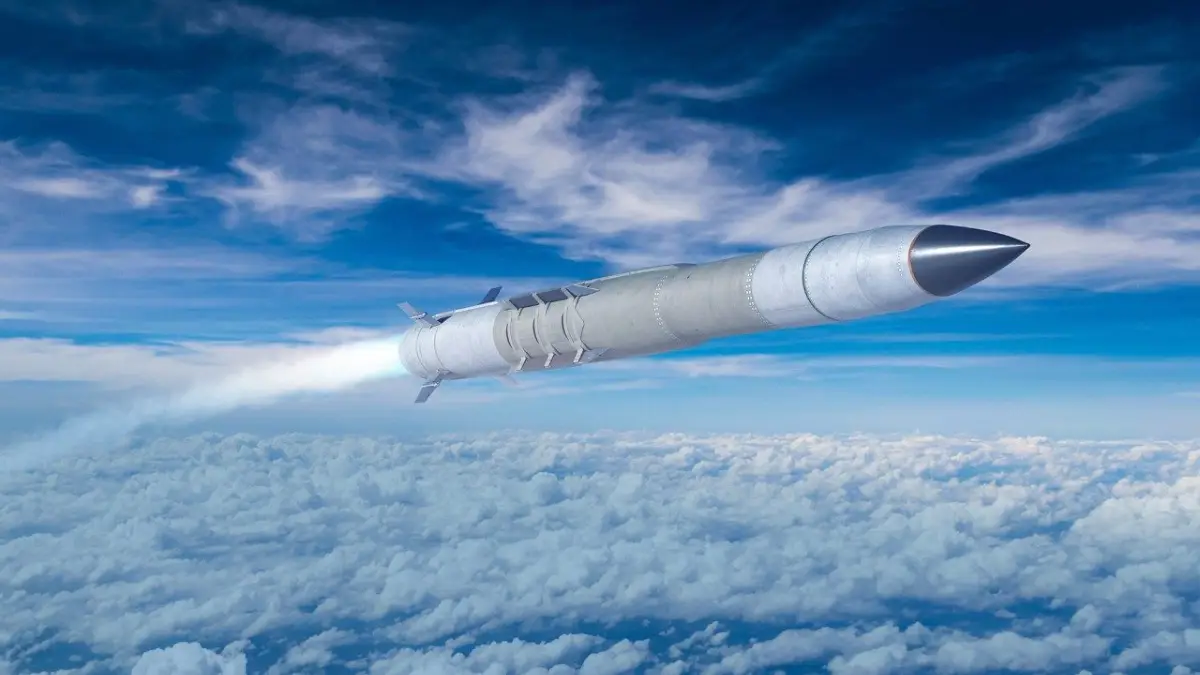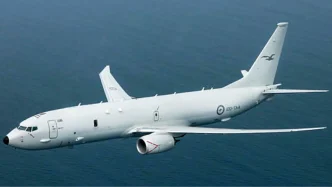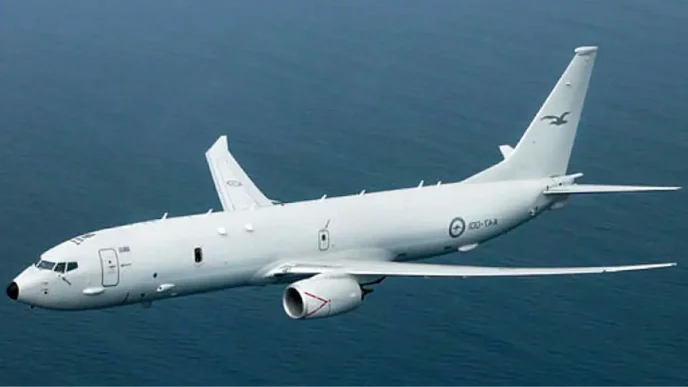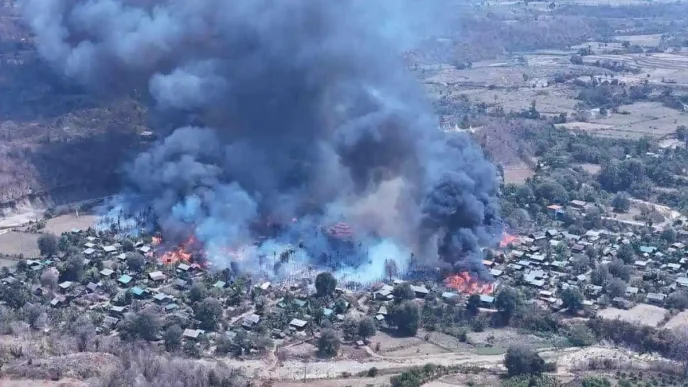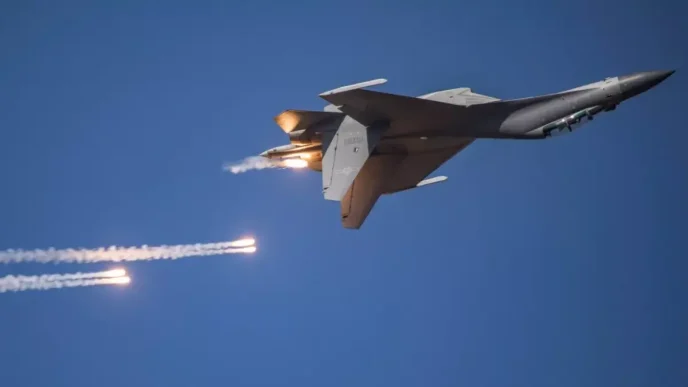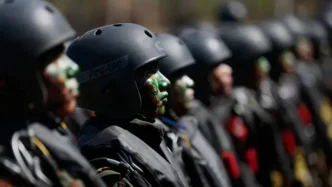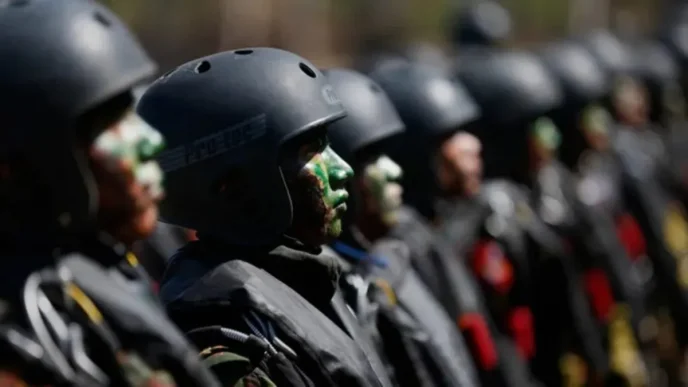Manila and Washington are engaged in discussions over the possibility of deploying missile systems to the Philippines, a move seen by the Philippine government as strengthening defense and by the Chinese government as provocation in the contested South China Sea. While no final agreement has been reached, the talks underscore a deep military partnership between the United States and its oldest treaty ally in Asia, as tensions with China continue to escalate over disputed maritime territories and mid-air hostilities.
A Strategic Response to Regional Challenges
The United States has already deployed significant military hardware to the Philippines in recent years as part of joint exercises and strategic positioning. Last April, the US military introduced the Typhon mid-range missile system, capable of launching the Standard Missile-6 and Tomahawk Land Attack Missile, to the northern Philippines. This was followed by the deployment of an anti-ship missile launcher, known as the Navy Marine Expeditionary Ship Interdiction System (NMESIS), to Batanes, the northernmost province of the Philippines, situated just across a narrow sea border from Taiwan. These deployments have drawn sharp criticism from Beijing, which views them as efforts to curb China’s growing influence in the region and has demanded their withdrawal—a request staunchly rejected by Philippine officials under President Ferdinand Marcos Jr.
Ambassador Jose Manuel Romualdez, the Philippines’ envoy to Washington, recently confirmed that further deployments of NMESIS missile systems are under consideration. Speaking to reporters, Romualdez indicated that these anti-ship systems could be positioned along coastal areas facing the South China Sea and other outlying regions to enhance deterrence against potential aggression. “This is part of the strong US and Philippines defense partnership” he emphasized, though he refrained from providing specific details on the timeline or scope of the proposed deployments.
The discussions come at a time of heightened friction in the South China Sea, a resource-rich waterway claimed almost entirely by China, despite overlapping claims by the Philippines, Vietnam, Malaysia, Brunei, and Taiwan. Recent years have seen a sharp rise in confrontations, particularly between Chinese and Philippine coast guard and naval forces. A notable incident earlier this week near the disputed Scarborough Shoal saw two Chinese vessels collide while attempting to repel a smaller Philippine coast guard ship, raising alarms among Asian and Western nations.
Strength Through Alliance: Economic and Military Synergy
Beyond military cooperation, the US-Philippines alliance is also being reinforced through economic ties. At a recent trade and investment conference in Manila, Romualdez and Philippine Foreign Secretary Theresa Lazaro urged major US companies to invest in diverse sectors, including energy, telecommunications, infrastructure, and naval shipbuilding. Romualdez framed these investments as dual-purpose, benefiting both economic returns and strategic interests. “When US companies invest here, it’s not just about returns on capital … it’s about returns on alliance” he told American business executives. “A stronger Philippine economy means a more capable and reliable defense partner for the United States.”
He also positioned the Philippines as a critical player in America’s broader geopolitical strategy, particularly as the US seeks to diversify supply chains and recalibrate its global approach. “At a time when America is diversifying supply chains and rethinking global strategy, we are a natural choice, and a strategic necessity” Romualdez stated, urging attendees to convey a pointed message to the Trump administration: “Every US dollar invested in the Philippines strengthens America’s position in the Indo-Pacific.”
The economic dimension of this partnership aligns with the military objectives, as a more robust Philippine economy could support greater defense spending and infrastructure development, further solidifying its role as a regional counterweight to China’s ambitions.
US Commitment to Peace Through Strength
The Trump administration has signaled its intent to prioritize deterrence in the Indo-Pacific, with US Defense Secretary Pete Hegseth making his first visit to Asia in March to Manila. During his trip, Hegseth reiterated that the US is not preparing for conflict but stressed the importance of maintaining peace through strength. His remarks reflect a broader policy of reinforcing alliances to counter China’s increasingly assertive actions in the South China Sea, where Beijing’s expansive claims and militarization of artificial islands have drawn international concern.
The US has also taken symbolic steps to assert its commitment to freedom of navigation in the region, a principle critical to the trillions of dollars in commerce that flow through the South China Sea annually. On Wednesday, two US warships conducted a brief freedom of navigation operation near Scarborough Shoal, the site of the recent collision involving Chinese and Philippine vessels. US Ambassador to the Philippines MaryKay Carlson underscored the operation’s significance, stating to reporters on the sidelines of the Manila investment conference, “Freedom of navigation is essential for the trillions of dollars worth of commerce that passes through these waters. It’s about commerce. It’s about lives and livelihoods.”
China’s Reaction and Regional Implications
Beijing has consistently opposed the US military presence in the Philippines, particularly the deployment of missile systems, arguing that they undermine regional stability and are part of a broader strategy to contain China’s rise. The Chinese government has repeatedly called for the removal of these systems, framing them as provocative and destabilizing. However, the Philippines, under Marcos Jr.’s administration, has shown little inclination to acquiesce, instead doubling down on its alliance with the US as a means of safeguarding its sovereign rights in the disputed waters.
The potential addition of more NMESIS launchers along strategic coastal areas could further inflame tensions, especially if positioned in regions directly facing contested areas of the South China Sea. Analysts suggest that such deployments would not only bolster the Philippines’ defensive capabilities but also send a clear signal to Beijing that Manila, with Washington’s backing, is prepared to stand firm against perceived encroachments. However, this could also escalate the risk of miscalculation, particularly in areas like Scarborough Shoal, where physical confrontations have already occurred.
The broader regional impact of these developments remains a point of concern. Neighboring countries with overlapping claims in the South China Sea, such as Vietnam and Malaysia, are closely monitoring the situation. While some may quietly welcome a stronger US presence as a check on China’s actions, others fear that an intensified military buildup could transform the waterway into a flashpoint for larger geopolitical rivalries, potentially drawing in other global powers.
A Balancing Act for the Philippines
For the Philippines, the deepening alliance with the US represents both an opportunity and a challenge. On one hand, access to advanced military technology and training, coupled with economic investments, strengthens Manila’s position in a volatile region. The presence of systems like Typhon and NMESIS provides a tangible deterrent against aggression, particularly in areas close to Taiwan, where China’s military activities have also raised alarms. On the other hand, aligning so closely with Washington risks further straining relations with Beijing, a major economic partner and neighbor with significant influence over regional dynamics.
President Marcos Jr. has navigated this delicate balance by emphasizing sovereignty and national interest over external pressures. His administration’s refusal to withdraw US missile systems, despite China’s protests, reflects a broader shift in Philippine foreign policy toward a more assertive stance in defending its maritime claims. Yet, the government must also contend with domestic considerations, including public opinion on foreign military presence and the economic ramifications of any potential retaliation from China, such as trade disruptions or reduced investment.
Looking Ahead: Stability or Escalation?
As discussions over additional missile deployments continue, the trajectory of US-Philippines relations will likely play a defining role in shaping the security landscape of the Indo-Pacific. The partnership, rooted in a decades-old treaty alliance, has evolved into a multifaceted collaboration encompassing military, economic, and strategic dimensions. Yet, the specter of conflict in the South China Sea looms large, with each new deployment or naval operation carrying the potential to either deter aggression or provoke escalation.
For now, both Manila and Washington appear committed to a strategy of strength, betting that a fortified alliance will secure peace in a region fraught with uncertainty. Whether this approach will stabilize the South China Sea or push it closer to the brink remains an open question, one that will test the resolve of all parties involved in the coming months and years.
